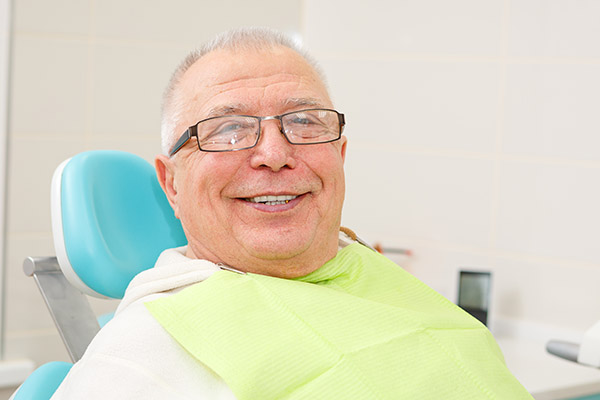What is Dental Enamel?

You have probably heard about dental enamel, but what is dental enamel and why is it essential for dental health?
By gaining an understanding about what precisely dental enamel is and what causes it to erode, you can better understand how to prevent dental erosion from occurring in the first place and know what to do in the event it does begin to happen.
What Is Dental Enamel?
Dental enamel also referred to as tooth enamel, is the visible, outermost layer of the tooth, which covers and protects the crown.
What is the purpose of dental enamel?
The main job of dental enamel is to protect the actual tooth from harm. Dental enamel is the strongest substance found in the body.
It is necessary for dental enamel to be extremely strong because our teeth endure a large amount of pressure throughout every day, which is caused by biting, chewing grinding and crunching.
Although enamel is strong, it has a kryptonite, which is acids that can wear it away. Unfortunately, once dental enamel is gone it never comes back, so it is important to do everything possible to protect it.
What causes dental enamel to erode?
To prevent dental enamel from eroding, it is essential to have a good understanding of what causes it to decay.
As mentioned, the primary cause of dental erosion is chronic exposure to large amounts of acids, which can be found in the following common drinks and food items:
- Soft drink
- Coffee
- Tomato Sauce
- Candy and Sweets
- Potato Chips
In general, food and beverages that are high in sugar are most harmful to dental enamel. Also, other factors such as dry mouth can contribute to dental enamel erosion.
What are the symptoms of dental enamel erosion?
By noticing the symptoms of dental enamel erosion as they begin to occur, you can give yourself a great chance of being able to strengthen the enamel before it fully erodes.
Here are the most common symptoms of dental enamel erosion:
- Discoloration
- Sensitivity
- Tooth pain
- Chips and cracks
In the event any of the above symptoms begin to emerge, it is essential to visit a dentist and start practicing proper dental hygiene immediately.
While it is best to prevent dental erosion in the first place, it is never too late to do something about it.
How do you prevent dental enamel erosion?
The best way to prevent dental enamel erosion from occurring in the first place is to limit the intake of foods and drinks high in sugar and that are highly acidic.
Also, practicing proper dental hygiene, which includes brushing your teeth several times each day and flossing regularly, is an excellent way to keep dental enamel strong. In the event you do consume foods and drinks that are harmful, be sure to brush and floss afterwards.
While a dental filling is easy and fairly painless, quite literally there is nothing in the world like natural dental enamel, so be sure to protect it at all costs.
Go to https://www.lilburnfamilydentistry.com for dental enamel information or call Lilburn Family Dentistry at (770) 800-0178.
Recent Posts
A dental inlay is one of several restorative options available to repair damaged teeth and preserve oral health. When decay, fractures, or wear compromise the strength or structure of a tooth, dentists consider the severity and location of the damage to determine the most appropriate treatment. Understanding the differences between a dental inlay, onlay, filling,…
A broken tooth is a common dental issue that can happen for many reasons, such as accidents, biting into something hard, or untreated tooth decay. Whether a dentist can save a broken tooth or needs to remove it depends on how severe the damage is and how quickly patients seek treatment. While modern dental techniques…
A dental inlay might be recommended for tooth decay that is too severe to fix with fillings. Dental fillings are used to fill up the holes created by tooth decay, called cavities. When the damage caused by tooth decay is too severe to rebuild with fillings, a dental inlay might be recommended.An dental inlay provides…
You can never know when a broken tooth will ruin your day. Enjoying a glass of iced tea may turn into a dental emergency 10 minutes later. As awful as it is, a broken tooth is a common thing that many people deal with. It is a relief to know that there are many dental…


